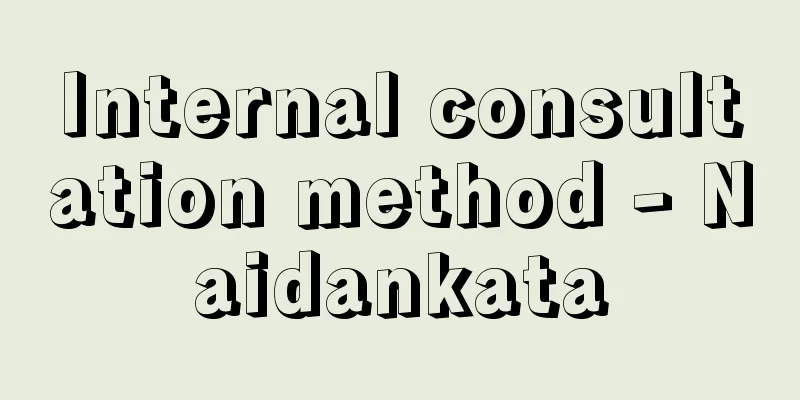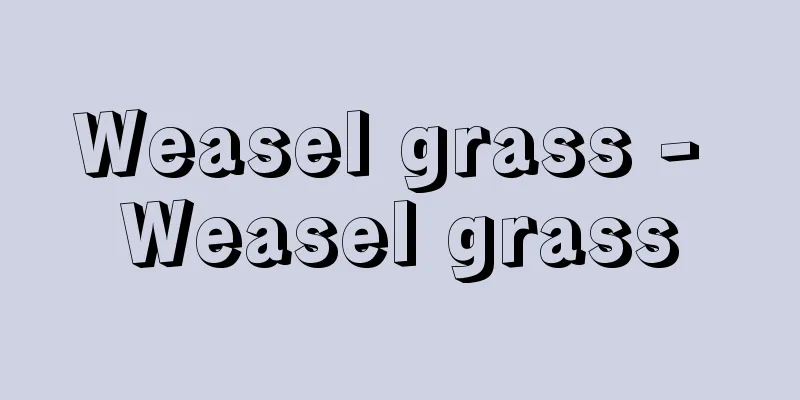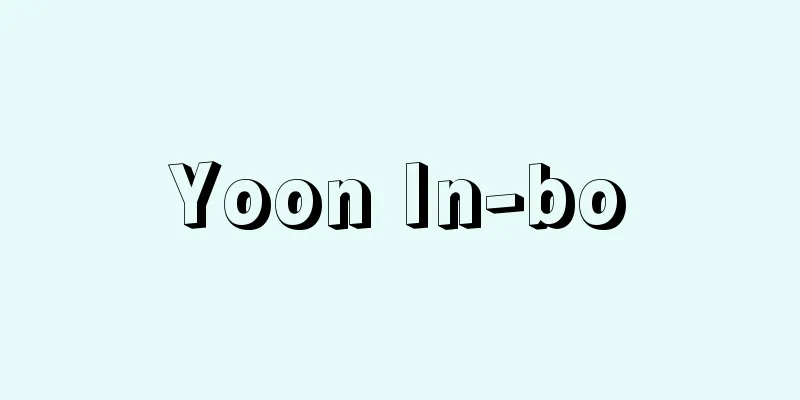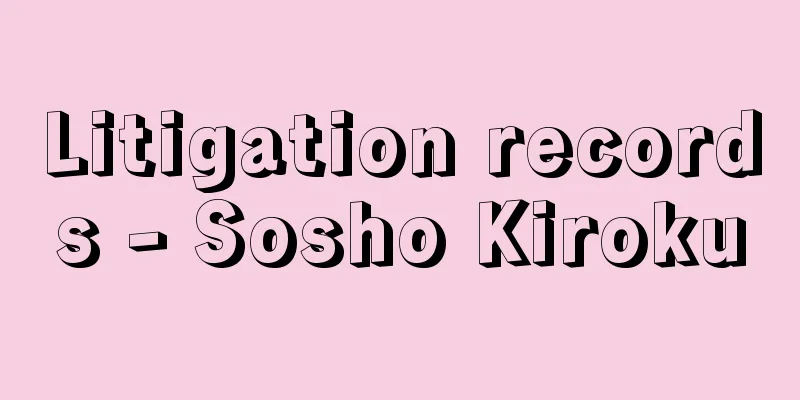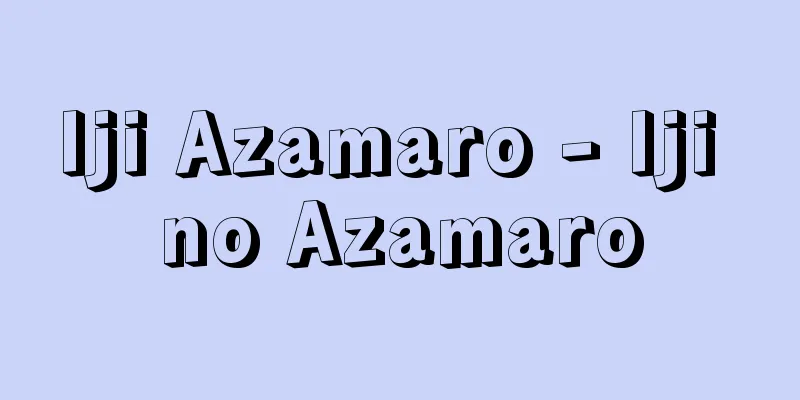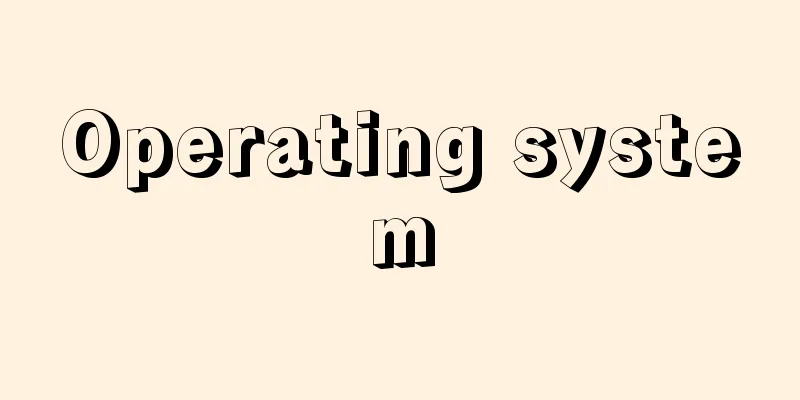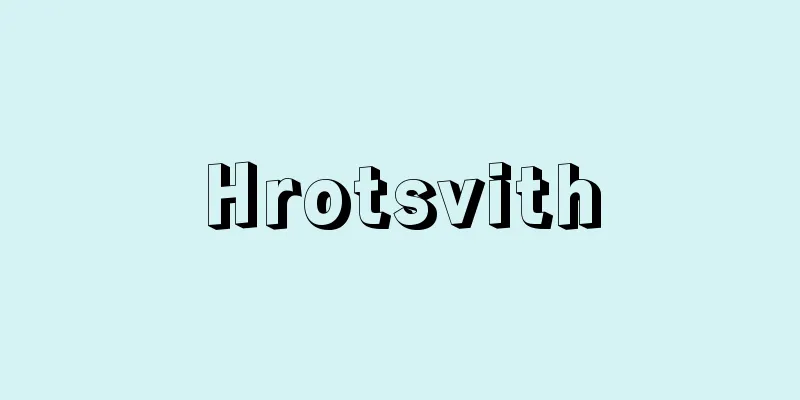André, N. (English spelling) AndreN
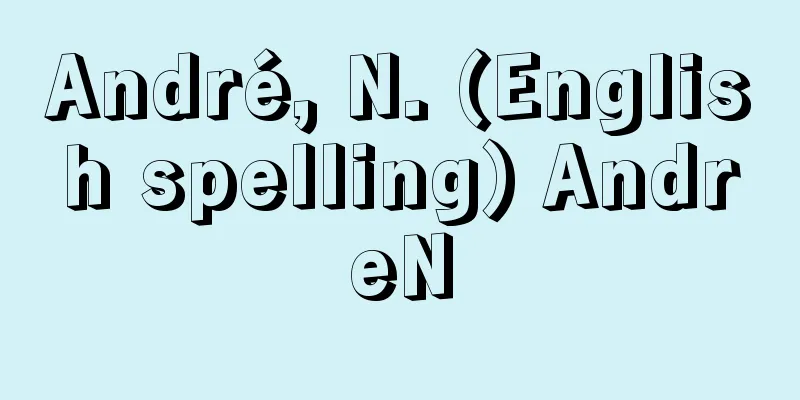
|
…However, until the 16th century, treatment was based solely on anatomical knowledge. In 1741, Nicolas André (1658-1742) of the University of Paris published “L’orthopédie” and used the term orthopédie for the first time. This is a combination of the Greek words orthos (meaning “straight”) and pais (meaning “child”), and he proposed orthopédie as a method for preventing and correcting physical abnormalities in children. … *Some of the terminology that mentions "André, N." is listed below. Source | Heibonsha World Encyclopedia 2nd Edition | Information |
|
…しかし,16世紀までの治療はもっぱら解剖学的知識によるものであった。1741年,パリ大学のアンドレNicolas André(1658‐1742)が《L’orthopédie》を出版しorthopédieの語を初めて用いた。これはギリシア語のorthos(〈まっすぐな〉の意)とpais(〈子ども〉の意)から造られたもので,彼は小児の身体的形態異常の予防・矯正を目的とするものとして提唱した。… ※「André,N.」について言及している用語解説の一部を掲載しています。 出典|株式会社平凡社世界大百科事典 第2版について | 情報 |
Recommend
Avalon (English spelling)
A town on Santa Catalina Island in the Channel Isl...
André Barsacq
1909‐73 French director and set designer. Born in ...
Oura Gondayu - Oura Gondayu
...After the Yanagawa Incident in 1635 (Kan'e...
Princess - Hi
A rank that was higher than wives and concubines ...
Ear - Ear
The ear is a collective term for the organs of he...
Raccoon bean (Tanuki bean) - Crotalaria sessiliflora
An annual plant of the legume family. It is widely...
Leveling the playing field
...To equalize the competitive conditions in the ...
《De morbis artificum diatriba》 (English notation) Demorbis artificum diatriba
…G. Agricola's 16th century book De re metall...
Dolce stil nuovo (new style)
A style of poetry that emerged in the Tuscany regi...
Casthetometer
A measuring instrument that precisely measures th...
Oral Direct Method
…In 1922, the British linguist HE Palmer came to ...
Philippe, Gérard
Born: December 4, 1922 in Cannes [Died] November 2...
Obara Kuniyoshi - Obara Kuniyoshi
Educator of the Taisho and Showa periods. Born in...
Kepler's equation
The equation that describes elliptical motion has ...
Azur Lane - Azuren (English) azulene
A non-benzene aromatic compound. It has a structu...
